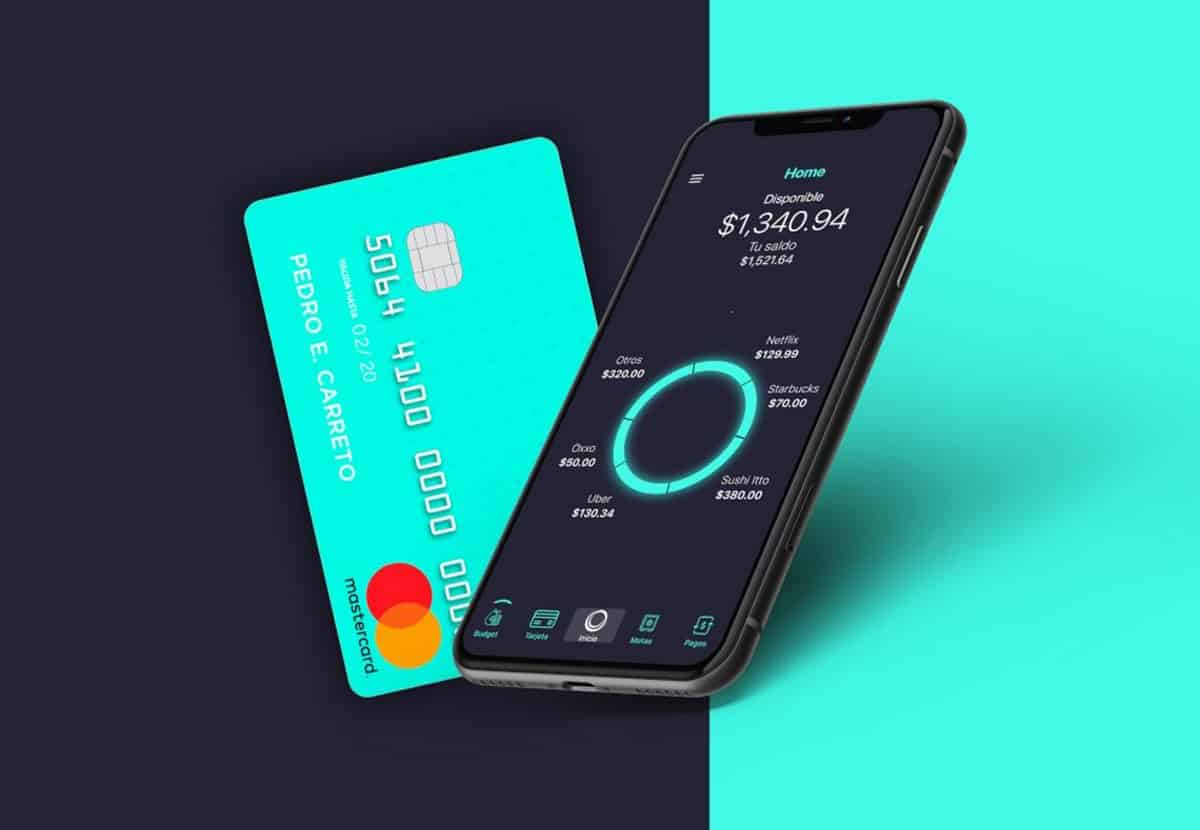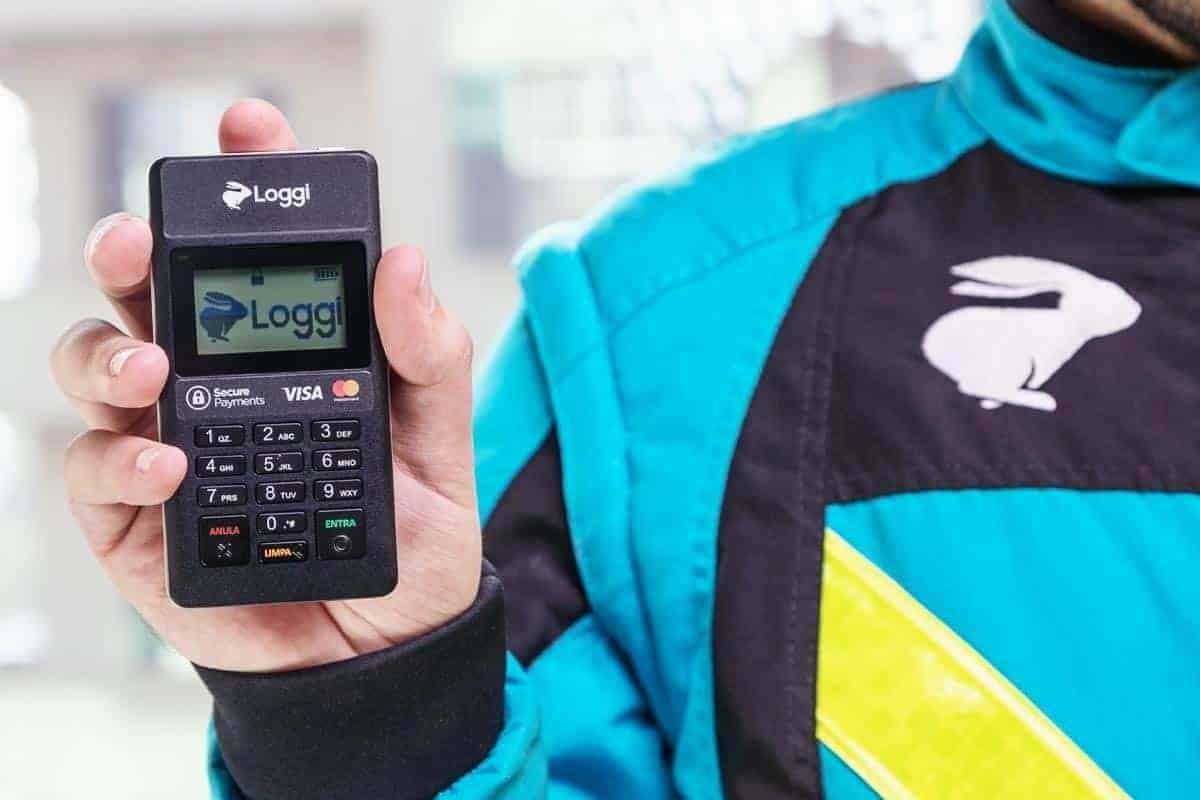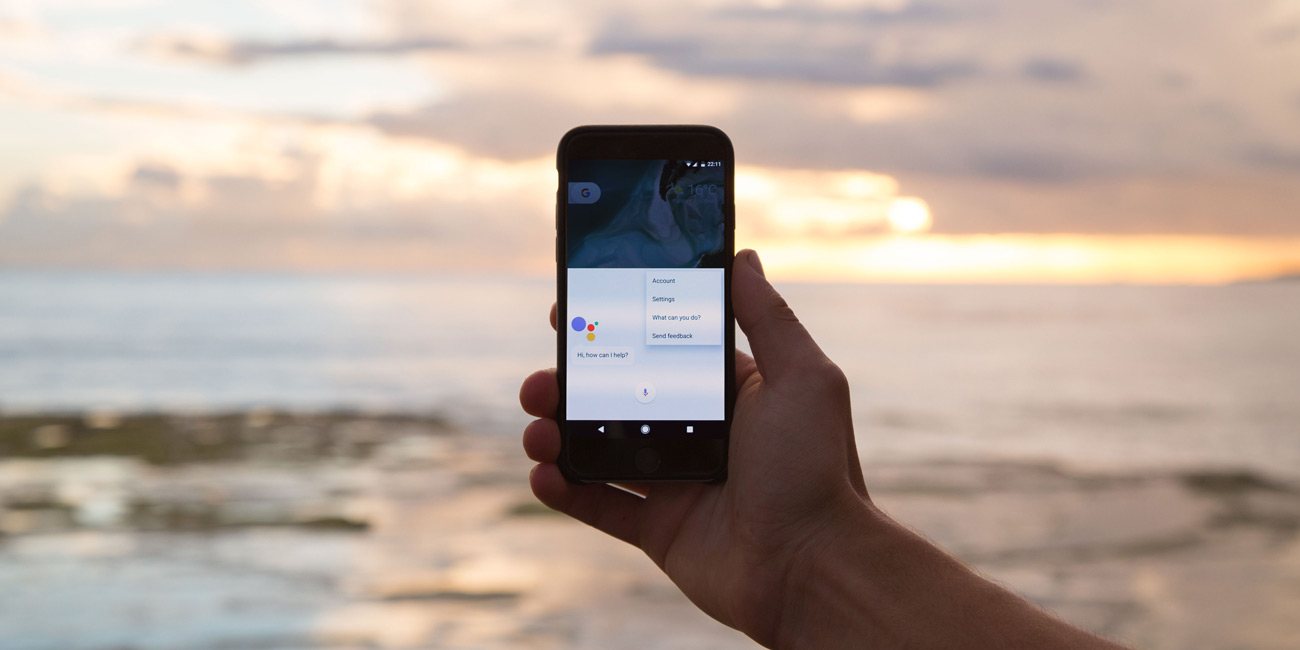Contxto – Spanish fintech Latinia shook things up last week with the announcement of an undisclosed investment in B2C (business to customer) Mexican neobank, Flink. The Barcelona-based business stated that it shifted its B2B (business to business) focus with Flink due to the rising demand of neobanks in Latin America, specifically Mexico.
Flink, for its part, stated it has around 100,000 customers and 1,500 new clients are added every day.
Flink is in synch with millennials
Sergio Jiménez and three other entrepreneurs founded Fintech Flink in 2017. This startup was part of the first generation of startups from Finnovista’s Startupbootcamp Fintech in Latin America, of which Latinia is an investor.
On Flink‘s app, a person validates their identity and completes a form. After which, users have a fully-functioning bank account and will receive a debit card. However, Flink‘s niche market is millennials. This is clear when studying its app’s features.
For example, a person can register their expenses and categorize them. This ultimately helps them better understand where their money goes.
Goal-setting is also another feature. A user just needs to register an objective (e.g. save up to go backpacking in 2020) and track their progress.
Budgeting? Flink’s app does that too so users don’t have to scrape by with their earnings.
Latinia in Latin America
Latinia, became an investor of Finnovista’s acceleration and scale-up program for startups in July of 2018. Likewise, when it came on board, it made a capital injection of US$1 million into Finnovista’s Startupbootcamp Fintech program.
The purpose of this investment was to provide a lifeline to burgeoning Latin American startups. Then in the future when they grow, Latinia would consider them for more additional investment rounds.
Related article: Emergent fintech from Uruguay Prometeo raises funds from Latinia to integrate with regional banks
Investors wanna hang out with the cool crowd
Regarding the motives behind this recent investment for Flink, Oriol Ros on behalf of Latinia made an interesting statement.
“Neobanks’ customers exhibit a sense of belonging never seen in the financial industry, they are proud to be part of their community; it is something cool for them,” he concluded.
Alternative banks are…cool? Ros is onto something.
Some don’t understand why a millennial might be willing to pay for expensive Starbucks coffee when there’s the instant kind at home. Yet, as many businesses have come to realize, it’s not a matter of price or product. Instead, they look to buy experiences.
And part of that experience is a sense of community-building that these chic challenger and neobanks offer, with their friendly language, clean designs, and meme-filled social media.
It’s alternative. It’s cool.
-ML





